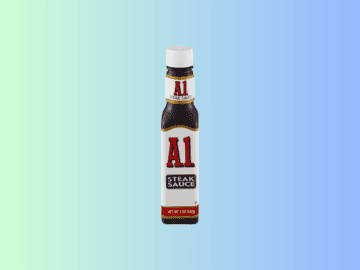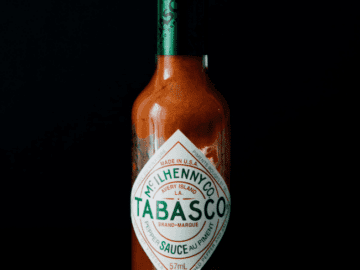Yes, butter in it’s purest form is gluten free.
…
Today, we’re going to dive into a topic that might churn your curiosity: Is butter gluten-free? Gluten has become a buzzword in the world of food, raising questions about its presence in various products. So, grab your toast and get ready to spread some knowledge. We’re about to butter you up with all the gluten-free facts!
Butter Basics
First things first, let’s talk butter. Butter is a delicious, creamy dairy product made by churning milk or cream. It has been a staple in kitchens around the world for centuries, adding richness and flavor to our favorite dishes.
What is Gluten?
Gluten, on the other hand, is a group of proteins found in wheat, barley, and rye. It’s responsible for the elasticity in dough, giving bread its soft, chewy texture. People with Celiac Disease, an autoimmune disorder, or gluten sensitivity need to avoid gluten to prevent adverse reactions.
Answer: Is Butter Gluten Free?
Yes, butter, in its purest form, is gluten free.
Since plain butter is made from milk and cream, it is generally considered to be gluten free. For 100% certainty, be sure to check the labels to see if it’s FDA certified to be gluten free meaning that it’s been tested to contain less than 20 ppm of gluten.
Gluten Free Butter Brands
Here are some popular butter brands that are gluten free:
- Earth Balance
- Kerrygold
- Land O’Lakes
- Organic Valley
- Smart Balance
Watch Out for Additives in Butter
However, things can get a bit trickier when we talk about flavored or processed butter spreads. Some commercially available butter spreads may contain additives or flavorings that could potentially include gluten. These additives can be used to enhance taste, texture, or extend shelf life.
To be sure you’re choosing a gluten-free option, always read the labels carefully. Look for spreads explicitly labeled as “gluten-free” or those that have been certified by trusted gluten-free certification organizations. It’s always better to be safe than sorry.
Cross-Contamination Concerns
Another factor to consider when it comes to butter and it’s production is cross-contamination. If you’re extremely sensitive to gluten or have celiac disease, you need to be cautious about the possibility of cross-contamination. This can occur when butter comes into contact with surfaces, utensils, or ingredients that have been in contact with gluten-containing products.
To minimize the risk of cross-contamination, it’s recommended to use separate utensils or opt for single-serve butter packets.
Final Thoughts

In a nutshell, butter itself is gluten-free as long as it’s pure and doesn’t contain any additives or cross-contaminated during processing. However, when it comes to flavored or processed butter spreads, it’s essential to read the labels carefully and look for gluten-free certifications to ensure you’re making the right choice.
So, the next time you’re indulging in a stack of gluten-free pancakes or enjoying a slice of gluten-free toast, you can happily reach for that smooth, creamy butter without any worries. Happy spreading!






Leave a Reply